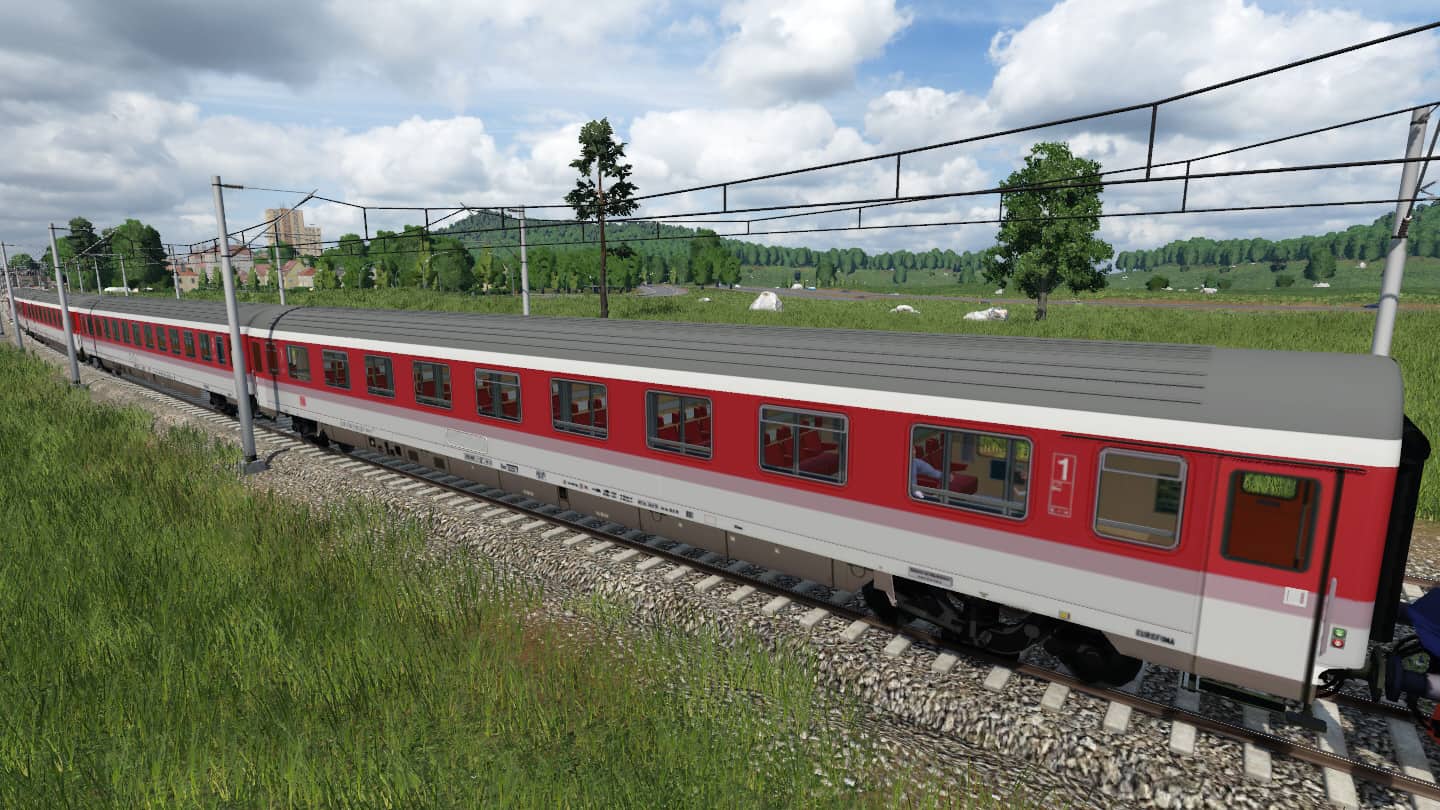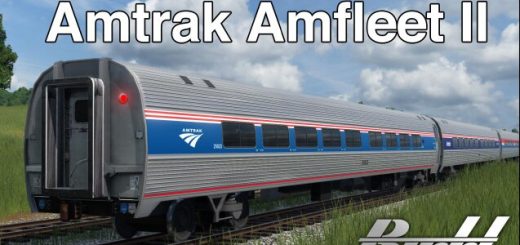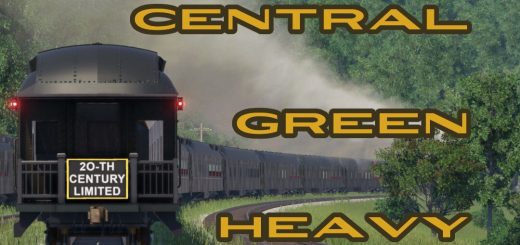GWR Van Waggons Mod
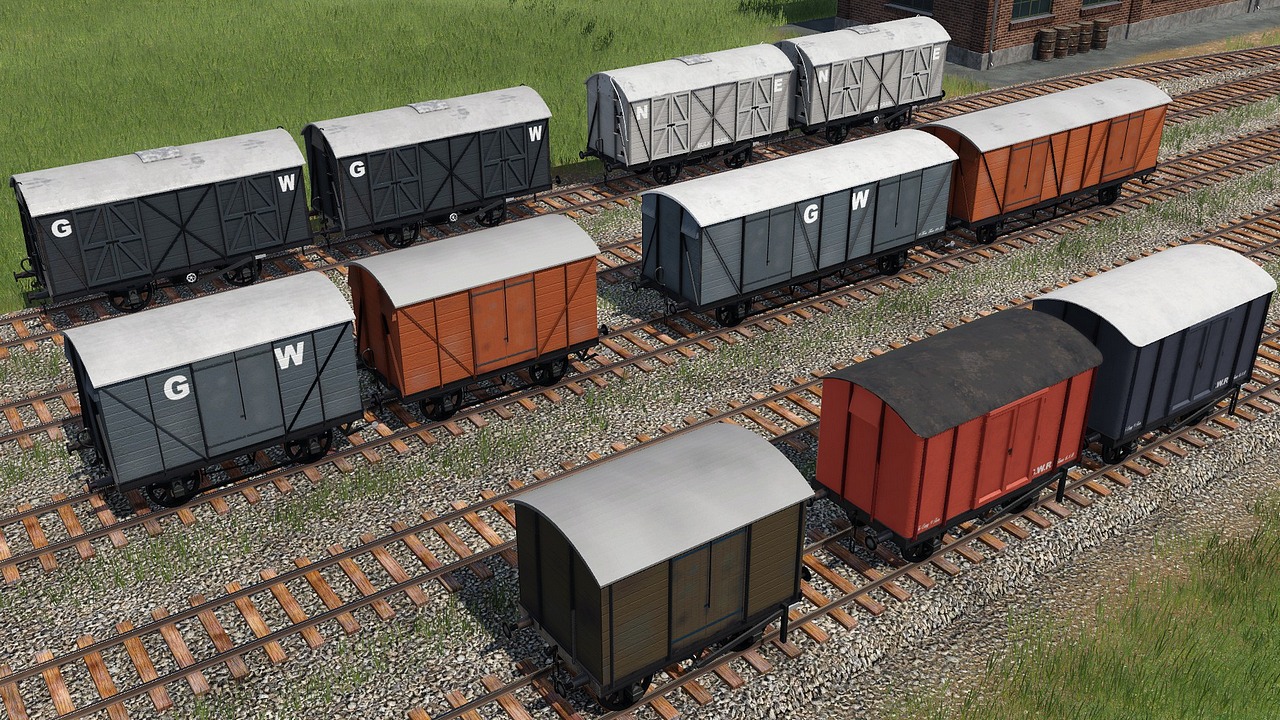

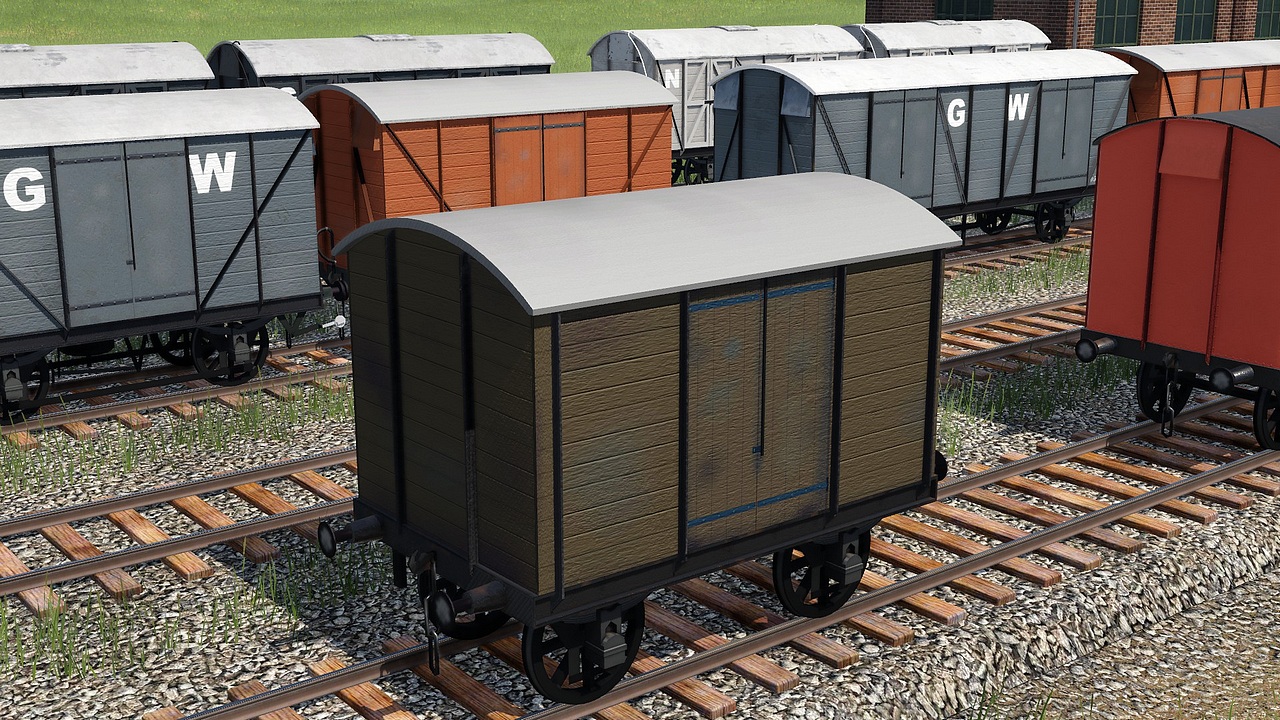
GWR Van Waggons Mod
GWR V6, V12, V20, V22, LNER PC13, Early British Van Waggons.
British Early generic
Carries: Goods, etc
Available: 1850-1904
Top Speed: 40mph (65kph)
Capacity: 5
Weight: 6t
Lifespan: 30 years
GWR V6 (Early) / GWR V6 (Late)
Carries: Goods, etc
Available: 1886-1900 / 1900-1948
Top Speed: 40mph / 50mph
Capacity: 6
Weight: 10t
Lifespan: 40 years / 50 years
GWR V12 / British Small generic
Carries: Goods, etc
Available: 1904-1966
Top Speed: 60mph (96kph)
Capacity: 8
Weight: 12t
Lifespan: 50 years
GWR V22 / British Large generic
Carries: Goods, etc
Available: 1930-1966 / 1930-1980
Top Speed: 75mph (120kph)
Capacity: 14
Weight: 20t
Lifespan: 50 years
GWR V20 / LNER PC13 Convertible Grain/Goods
Carries: Goods, etc & Grain
Available: 1927-1948 / 1929-1948
Top Speed: 60mph (96kph)
Capacity: 10
Weight: 20t
Lifespan: 50 years
GWR V6, 10 tons Iron Mink Waggon. Whilst wood was normally used for the construction of the sides of waggons, between 1886 and 1902 iron was used instead and more than 4,000 in this style were built. ‘Mink’ was the GWR telegraphic code for covered goods vans. (Carries neither iron nor minks.)
In the early 1900s the GWR returned to building wooden bodied vans, with angle iron frames. A variety of small 12 ton general use goods vans were built and these were give the telegraphic code ‘Mink A’.
From 1930 the GWR built 100 large ‘Mink G’ 30ft long, 20 ton covered vans. They were built to improve economy, since most GWR goods vans had a 10 ton or 12 ton capacity and individual loads often didn’t fill them. These larger vans allowed for consolidated batches from goods depots to run on overnight trains. They were used into the late 1960s and some finished their lives as general storage.
From the early 1900s the GWR had various designs and experiments with bulk (loose) grain waggons that could also be converted for general goods freight. In 1927 12 V20s were built. The design had a roof hatch for loading and a hopper underneath for unloading. Flaps were built into the floor, that when raised sloped into the hopper, or when lowered covered the hopper, allowing normal cargo to carried. Whilst a good concept to give the waggons flexibility and prevent them being run empty on return trips. It proved less successful in practice for the GWR, and they were soon modified for bulk cement instead, then later back to grain only, with the side doors sealed up.
In 1929 the LNER built 25 PC13’s to the GWR’s V20 design, for transporting bulk grain from the docks at Hull. It seems the convertible aspect of the design was not successful (or no longer required), as later versions were built to only carry grain, having no side doors.
Generic British style early, small and large goods vans.
Only the British waggons support custom colours. No aging or user logo. Includes placeable scenery Asset versions.


